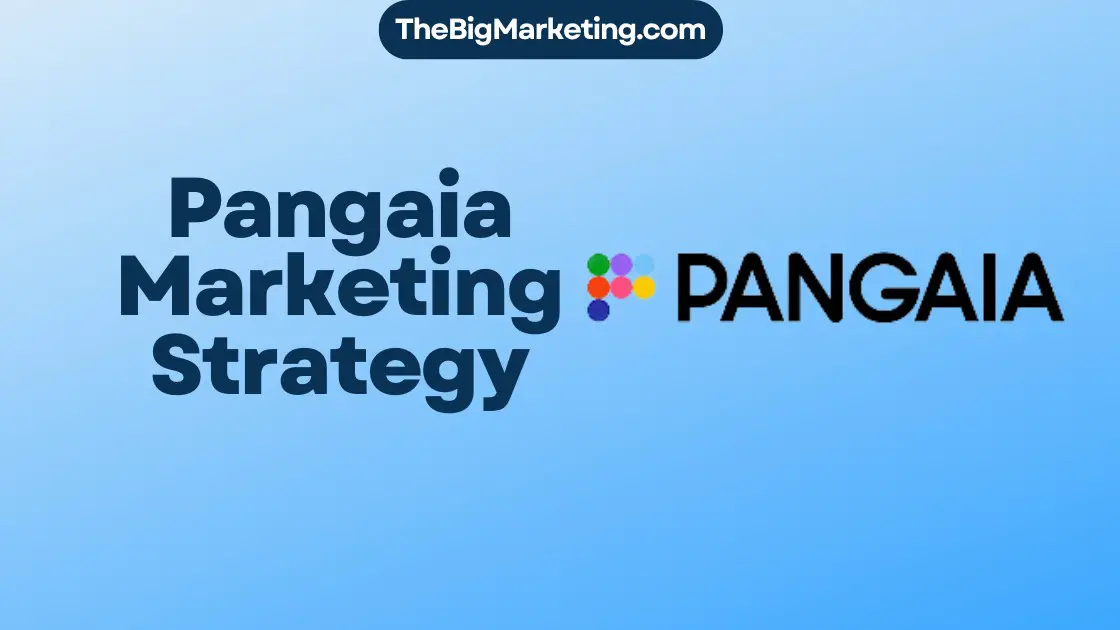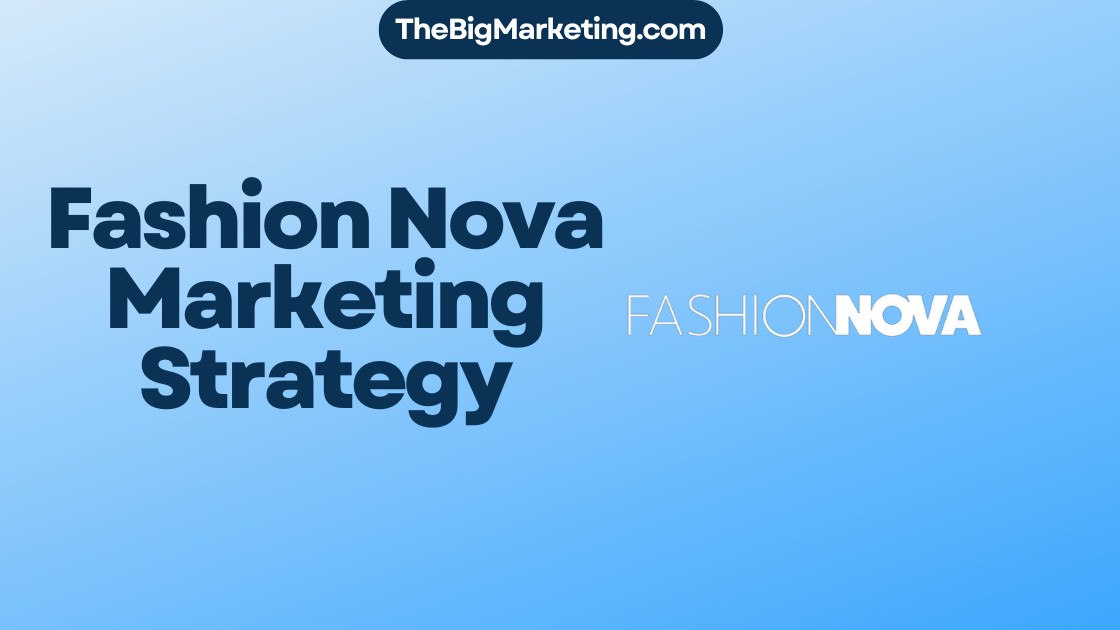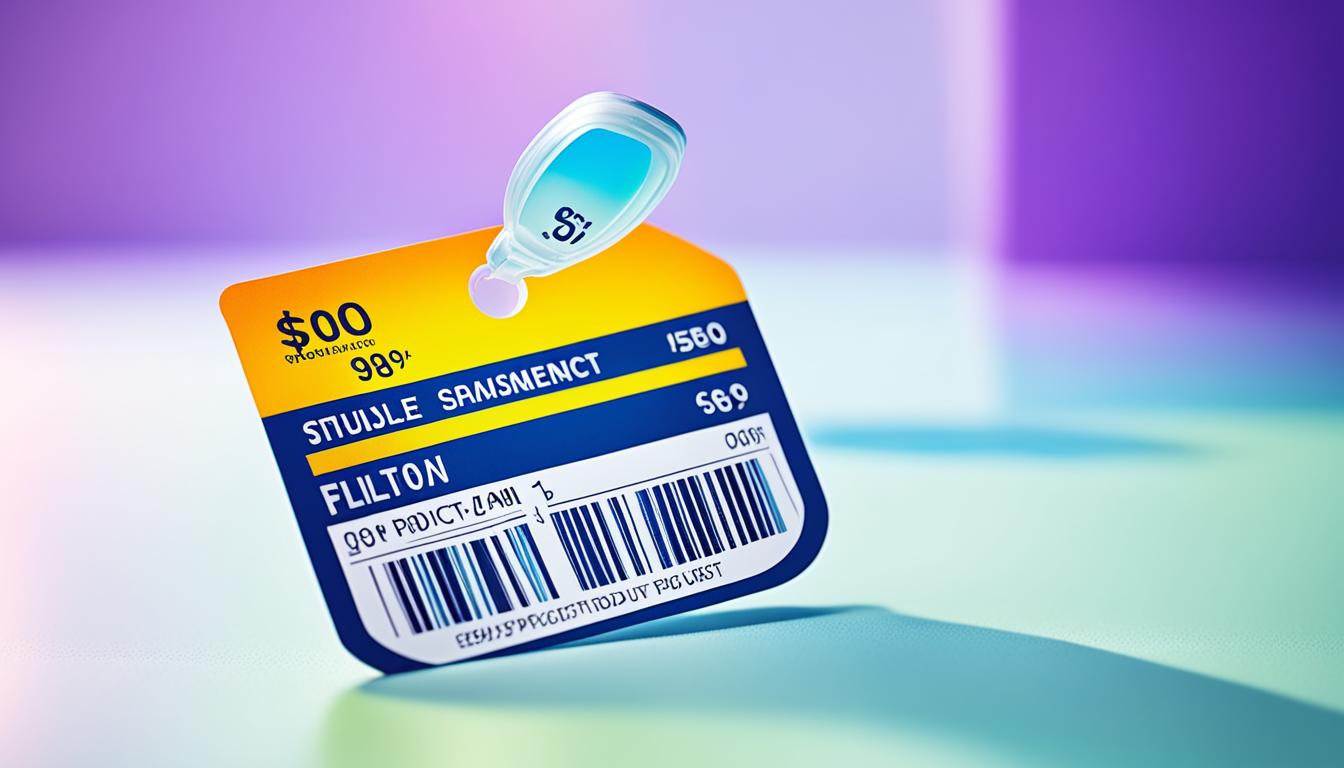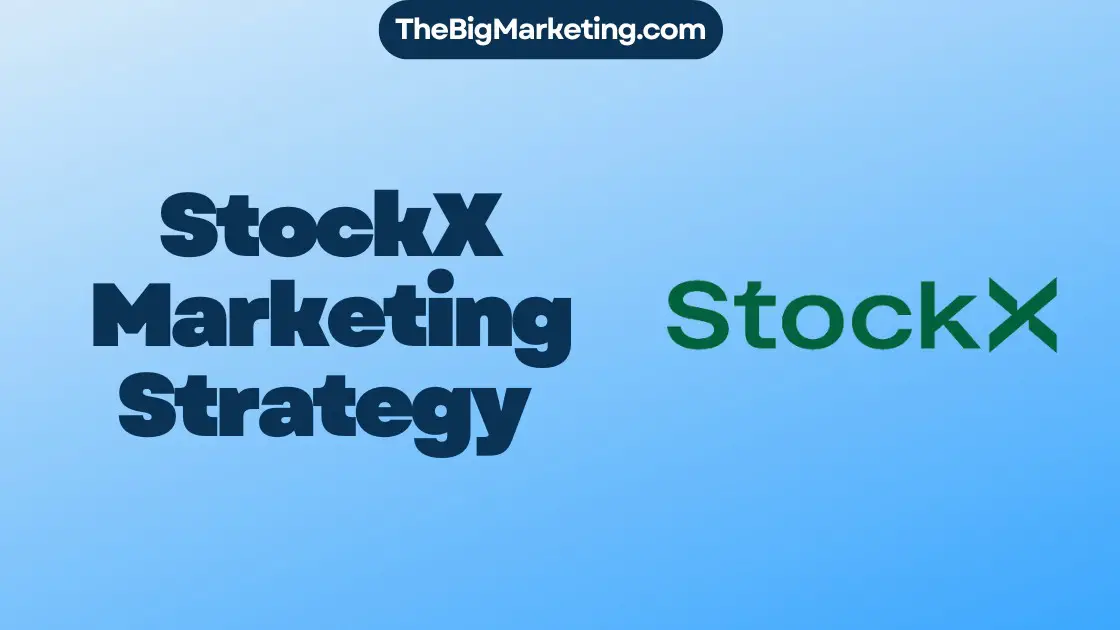If you’re a business owner or marketer, you’ve likely heard of customer retention and its importance in driving long-term success. But what exactly is retention marketing, and how can it benefit your business? In this article, we’ll explore the ins and outs of retention marketing strategies, customer loyalty programs, and the crucial role they play in enhancing customer lifetime value.
Key Takeaways:
- Retention marketing focuses on nurturing and maintaining relationships with customers to maximize their value.
- It is more cost-effective to retain existing customers than acquire new ones.
- Retention marketing strategies include loyalty programs, personalized communication, and customer engagement through various channels.
- The goal is to increase customer retention rates, boost sales, and cultivate brand loyalty.
- By understanding the importance of retention marketing and implementing effective strategies, businesses can retain existing customers, enhance customer lifetime value, and drive sustainable growth and profitability.
What is Retention Marketing?
Retention marketing is a strategic approach that focuses on engaging with customers beyond their initial purchase to encourage repeat purchases and maximize customer lifetime value. Unlike customer acquisition, which involves finding new customers, retention marketing aims to nurture and retain existing customers.
Retaining customers is highly beneficial for businesses, as it is more cost-effective compared to acquiring new customers. By effectively implementing customer retention strategies, businesses can foster long-term customer relationships, generate higher returns, and benefit from word-of-mouth marketing.
Customer retention strategies encompass various tactics, including loyalty programs, personalized communication, and targeted customer engagement through channels like email, SMS, social media, and push notifications. The ultimate goal is to increase customer retention rates, drive sales, and cultivate strong brand loyalty.
To better understand the significance of retention marketing, let’s explore the key differences between retention marketing and customer acquisition, as well as the advantages offered by retention marketing strategies.
The Difference between Retention Marketing and Customer Acquisition
Retention marketing and customer acquisition are two distinct approaches that contribute to a business’s overall growth and success. While both are important, their focuses and objectives differ:
- Customer Acquisition: Customer acquisition refers to the process of attracting and acquiring new customers for a business. It involves marketing efforts aimed at reaching and converting potential customers into paying customers. Customer acquisition strategies typically include activities such as advertising, lead generation, and lead nurturing.
- Retention Marketing: Retention marketing, on the other hand, centers around maintaining and strengthening relationships with existing customers. Its primary goal is to encourage repeat purchases and increase customer lifetime value. Retention marketing strategies aim to enhance customer satisfaction, loyalty, and engagement to foster long-term customer relationships.
While customer acquisition is essential for expanding a customer base, retention marketing focuses on maximizing the value derived from existing customers, which is often more cost-effective and produces higher returns in the long run.
The Benefits of Retention Marketing
Implementing effective retention marketing strategies offers numerous benefits to businesses:
- Cost Savings: Retaining existing customers is generally more cost-effective than acquiring new ones. With retention marketing, businesses can reduce customer churn and allocate resources towards nurturing and satisfying their loyal customer base.
- Repeat Purchases: By engaging customers beyond their initial purchase, retention marketing encourages repeat purchases. Satisfied and loyal customers are more likely to continue supporting a brand, resulting in increased sales and revenue.
- Long-Term Customer Relationships: Through personalized communication and targeted engagement, retention marketing helps build lasting relationships with customers. This leads to customer loyalty, trust, and advocacy, strengthening the brand’s reputation.
- Word-of-Mouth Marketing: Delighted customers who have positive experiences and strong relationships with a brand are more likely to recommend it to others. Retention marketing cultivates brand advocates who can generate valuable word-of-mouth marketing, attracting new customers through referrals.
Next, we will explore the importance of customer retention marketing in sustaining a business’s growth and profitability.
Why is Customer Retention Marketing Vital to Your Business?
Customer retention marketing plays a crucial role in ensuring the sustainability of your business in today’s competitive market. With the rising cost of customer acquisition, businesses must focus on retaining their existing customer base to drive profitability and foster long-term success.
By prioritizing customer retention, you can maximize your return on investment and minimize expenses associated with acquiring new customers. The cost of customer acquisition has significantly increased over the years, making it more financially prudent to focus on retaining and nurturing your existing customer relationships.
Repeat customers tend to spend more, increasing their lifetime value to your business. They have already experienced the value of your products or services and have developed trust in your brand. This trust and familiarity make them more likely to make repeat purchases and recommend your business to others, driving organic growth and expanding your customer base.
Moreover, customer retention marketing contributes to the long-term sustainability of your business. By fostering strong customer loyalty, you create a solid foundation of customers who consistently choose your brand over competitors. This loyalty helps insulate your business from market fluctuations and provides stability for future growth.
Implementing effective customer retention strategies not only reduces the risk of customer churn but also enhances customer satisfaction. By understanding your customers’ needs and preferences, you can tailor your products, services, and communication to meet their expectations. This personalized approach strengthens the emotional connection between your brand and customers, further solidifying their loyalty and commitment.
Investing time and resources into customer retention marketing is essential for driving sustainable business growth. It allows you to establish a loyal customer base, increase customer lifetime value, and differentiate your brand from competitors. By focusing on customer retention alongside customer acquisition, you can build a thriving business that stands the test of time.
Understanding Retention with These 4 Questions
When it comes to customer retention, businesses need to ask themselves four key questions to gain valuable insights. By analyzing these questions, companies can identify areas for improvement and develop effective retention strategies.
1. Why are customers not purchasing?
Understanding why customers are not making purchases is crucial for improving retention rates. It could be due to factors such as pricing, product dissatisfaction, or lack of awareness about promotions. By identifying these barriers, businesses can take proactive measures to address them and encourage customers to make repeat purchases.
2. How many users leave the site without making a purchase?
Tracking the number of users who leave the site without completing a purchase provides valuable insights into customer behavior. By analyzing the customer journey and identifying where users drop off, businesses can optimize their website or app to enhance the overall user experience. This can include simplifying the checkout process, streamlining navigation, or addressing any technical issues that may hinder conversion.
3. How does the onsite experience differ for returning customers versus new customers?
Examining the onsite experience for returning customers compared to new customers allows businesses to identify any discrepancies or areas for improvement. Returning customers expect a personalized and seamless experience, while new customers need to be impressed enough to become loyal patrons. By tailoring products, offers, and messaging to each customer segment, businesses can foster customer loyalty and drive repeat business.
4. Do customers feel an emotional connection to the brand?
An emotional connection with customers is essential for long-term retention. Consumers are more likely to stay loyal to a brand if they feel a strong connection and resonance with its values, mission, or storytelling. By crafting authentic and emotionally appealing brand experiences, companies can deepen customer relationships and build trust, resulting in increased customer retention.
Answering these key questions enables businesses to gain a comprehensive understanding of their customers, their needs, and how to improve retention rates. With these insights, companies can develop targeted strategies that enhance the customer experience, build emotional connections, and ultimately drive long-term loyalty.
| Questions | Insights |
|---|---|
| Why are customers not purchasing? | Identify barriers to purchase and address them. |
| How many users leave the site without making a purchase? | Optimize website/app to enhance user experience and conversion. |
| How does the onsite experience differ for returning customers versus new customers? | Personalize the experience for returning customers and impress new customers. |
| Do customers feel an emotional connection to the brand? | Build brand experiences that foster emotional connections and trust. |
How to Calculate Customer Retention
Calculating customer retention is an essential step in measuring the effectiveness of your customer retention strategies. By understanding the number of customers you retain over a specific period, you can analyze the success of your efforts and make data-driven decisions to improve customer loyalty.
Measuring Customer Retention:
1. Determine the number of customers at the beginning of the period: This represents the total customer count at the start of a specific timeframe.
2. Assess the number of customers at the end of the period: This indicates the total customer count at the end of the same timeframe.
3. Calculate the number of new customers acquired during the period: This reveals the total number of customers acquired during the specific timeframe.
Customer Retention Rate Formula:
The customer retention rate (CRR) is a percentage that reflects the effectiveness of your customer retention efforts. It showcases the proportion of customers you retain compared to new acquisitions. Use the following formula to calculate the customer retention rate:
CRR = ((Customers at the End of the Period – New Customers Acquired) / Customers at the Start of the Period) * 100
For example, if you had 500 customers at the beginning of the year, acquired 100 new customers, and ended the year with 400 customers, your customer retention rate calculation would be as follows:
| Customers at the Start of the Period | 500 |
|---|---|
| New Customers Acquired | 100 |
| Customers at the End of the Period | 400 |
| Customer Retention Rate | ((400 – 100) / 500) * 100 = 60% |
The customer retention rate in this example is 60%. This means that 60% of the customers at the beginning of the year were retained by the end of the year.
Measuring customer retention and calculating the customer retention rate provides valuable insights into the effectiveness of your customer retention strategies. By tracking this metric over time, you can evaluate the impact of your initiatives, identify areas for improvement, and implement targeted retention strategies to enhance customer loyalty and profitability.
Retention Marketing Strategies: Loyalty Programs and Personalization
Retaining customers is essential for any business’s long-term success. Two effective retention marketing strategies are loyalty programs and personalized marketing. These strategies help businesses build strong customer relationships, enhance loyalty, and boost customer retention rates. Let’s explore these strategies in more detail:
Loyalty Programs
Loyalty programs are a proven method to incentivize customers to continue purchasing from a brand. By offering rewards, discounts, or exclusive access to loyal customers, businesses encourage repeat business and foster a sense of appreciation.
Whether it’s a point-based system, tiered rewards, or exclusive member benefits, loyalty programs provide customers with tangible benefits for their continued support. These programs not only increase customer retention rates but also encourage customers to spend more to unlock additional rewards.
Personalized Marketing
Personalized marketing involves using customer data to tailor marketing messages and create a more engaging and relevant experience for each individual. By analyzing customer behavior, preferences, and demographics, businesses can craft customized messages that resonate with their target audience.
Through personalized marketing, businesses can create a sense of connection and relevance that goes beyond generic mass marketing. By addressing customers by name, recommending products based on their purchase history, or sending personalized offers, businesses can foster an emotional connection with customers and increase their likelihood of remaining loyal.
Both loyalty programs and personalized marketing require customer data to implement effectively. Businesses should ensure they have the necessary systems in place to collect, store, and analyze customer data securely and ethically. By leveraging customer data, businesses can deliver targeted and meaningful experiences that drive customer loyalty and retention.
Implementing these retention marketing strategies can have a significant impact on a business’s bottom line. According to research, increasing customer retention rates by just 5% can lead to a 25-95% increase in profits. Therefore, investing in loyalty programs and personalized marketing is a worthwhile endeavor for any business looking to boost customer retention and drive sustainable growth.
| Loyalty Programs | Personalized Marketing |
|---|---|
| Incentivize customers to continue purchasing | Create tailored marketing messages |
| Offer rewards, discounts, or exclusive access | Analyze customer behavior and preferences |
| Encourage repeat business and foster appreciation | Address customers by name and recommend relevant products |
| Increase customer retention rates | Build an emotional connection with customers |
Retention Marketing Strategies: Multichannel Communication and Follow-Up Emails
When it comes to retention marketing strategies, multichannel communication and follow-up emails play a crucial role in boosting customer engagement and maximizing customer retention. Multichannel communication allows businesses to connect with customers through their preferred channels, such as email, SMS, voice, social media, and chat. This personalized approach ensures that customers receive information and updates in a way that suits their communication preferences.
Follow-up emails, on the other hand, are a powerful tool for nurturing customer relationships. These emails provide an opportunity to stay connected with customers, provide valuable information, and offer exclusive offers or discounts. By sending targeted follow-up emails, businesses can continue to engage customers after their initial purchase, building trust and loyalty over time.
An effective multichannel communication strategy ensures that businesses are present and active across a variety of channels, meeting customers where they are most comfortable. This enables businesses to reach a wider audience and cater to the diverse preferences of their customers. Additionally, multichannel communication allows for a seamless and cohesive customer experience, as customers can easily switch between different channels while still receiving consistent messaging and support.
Integrating follow-up emails into retention marketing efforts helps to foster ongoing customer engagement. By providing valuable content and personalized offers, follow-up emails serve as a reminder of the positive experience customers had with the brand. They also offer opportunities to upsell, cross-sell, and share relevant product recommendations, increasing the chances of repeat purchases and customer satisfaction.
Through the combination of multichannel communication and follow-up emails, businesses can create a comprehensive and effective retention marketing strategy. These strategies not only keep businesses top of mind for customers, but also establish a strong and lasting connection that promotes loyalty and drives customer retention. By staying connected with customers across multiple touchpoints, businesses can maximize their chances of success in today’s competitive market.
Retention Marketing Strategies: Win-Back Programs and Onsite Experience
When it comes to retaining customers, win-back programs and optimizing the onsite experience play a crucial role. By implementing these retention marketing strategies, businesses can reactivate churned customers and enhance the overall customer experience to increase retention rates.
Win-Back Programs
Win-back programs are targeted retention marketing strategies aimed at reengaging customers who have previously churned. These programs offer special incentives or discounts to entice customers to return to the brand. By providing attractive offers tailored to the individual customer’s preferences and past interactions, win-back programs reignite their interest and encourage them to give the brand another chance.
An effective win-back program analyzes customer data to pinpoint the reasons for churn and crafts personalized messages that address these pain points. By demonstrating the brand’s commitment to resolving previous issues and delivering exceptional value, win-back programs give customers a compelling reason to reestablish their relationship with the brand.
Onsite Experience Optimization
The onsite experience is a crucial factor in customer retention. It impacts customers’ overall satisfaction, perception of the brand, and willingness to make repeat purchases. Therefore, businesses must focus on improving the onsite experience for both new and returning customers.
Personalized messaging is key to creating a positive onsite experience. By leveraging customer data, businesses can deliver tailored content that resonates with individual preferences and needs. From personalized recommendations based on past purchases to targeted promotions tailored to specific customer segments, personalized messaging helps create a more engaging and relevant onsite experience.
Furthermore, businesses must invest in creating a user-friendly website or app with intuitive navigation and seamless functionality. A well-designed and easy-to-use interface enhances the overall customer experience and reduces friction, encouraging customers to explore the site and make repeat purchases.
Another aspect of onsite experience optimization is the implementation of relevant product recommendations. By analyzing customer browsing and purchase behavior, businesses can suggest complementary or alternative products that align with customers’ preferences. These recommendations not only increase the likelihood of additional purchases but also demonstrate that the brand understands and anticipates customers’ needs.
Overall, by implementing win-back programs and optimizing the onsite experience, businesses can increase customer reactivation and foster long-term customer loyalty. These strategies demonstrate a commitment to addressing customers’ concerns, delivering personalized experiences, and offering exceptional value, all of which contribute to higher customer retention rates.
| Retention Marketing Strategies | Benefits |
|---|---|
| Win-Back Programs | – Reactivate churned customers\n – Address customer pain points\n – Personalized incentives\n – Encourage repeat purchases |
| Onsite Experience Optimization | – Enhance customer satisfaction\n – Create a user-friendly interface\n – Personalized messaging\n – Relevant product recommendations |
Conclusion
Retention marketing is a crucial strategy for businesses aiming to build customer loyalty and increase customer lifetime value. By implementing effective retention marketing strategies, such as loyalty programs, personalized communication, and multichannel engagement, businesses can not only retain existing customers but also drive long-term success. Prioritizing customer retention alongside customer acquisition is vital for sustainable growth and profitability.
One of the key benefits of retention marketing is cultivating strong brand loyalty. By offering loyalty programs that reward customers for their continued purchases, businesses can foster a deeper connection with their audience. This connection translates into increased customer lifetime value, as loyal customers tend to spend more over time. Additionally, personalized communication based on customer data helps establish an emotional bond, further enhancing customer loyalty.
Another advantage of retention marketing is the ability to generate repeat business and boost sales. By staying engaged with customers through multichannel communication, businesses can nurture relationships and encourage additional purchases. Follow-up emails and win-back programs aimed at reactivating churned customers also play a vital role in increasing customer retention rates. By optimizing the onsite experience with personalized messaging and relevant product recommendations, businesses can enhance customer satisfaction and encourage repeat visits.
In conclusion, retention marketing strategies are essential for businesses looking to retain existing customers, increase customer lifetime value, and drive long-term success. By implementing loyalty programs, personalized communication, multichannel engagement, and other customer retention strategies, businesses can build strong brand loyalty, boost sales, and achieve sustainable growth.






